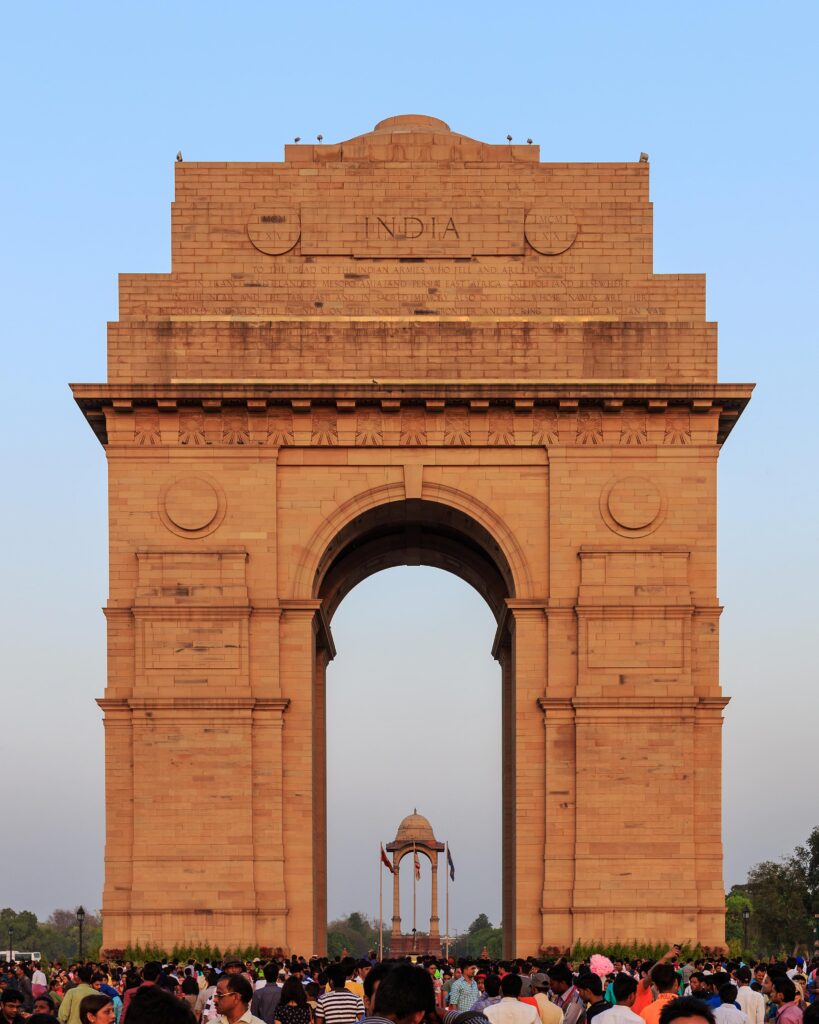India’s complex relationship with sports continues to puzzle observers and experts alike. Despite a population exceeding 1.4 billion and rapidly growing economic clout, the country’s performance on the international sporting stage remains inconsistent and often disappointing. This article seeks to explore the underlying factors contributing to India’s struggle to convert its vast human potential into sustained athletic success, examining systemic challenges, infrastructural shortcomings, and cultural dynamics that shape the nation’s sporting landscape.
India’s Sports Infrastructure Lags Behind Global Standards
Despite producing world-class athletes in niche sports, India’s overall sports infrastructure remains a significant bottleneck in nurturing and sustaining talent on a global stage. Many training facilities suffer from outdated equipment and inadequate maintenance, hampering athletes’ ability to compete internationally. Access to high-quality coaching, sports science, and rehabilitation centers is limited to a handful of urban hubs, leaving aspiring athletes from rural and semi-urban regions at a considerable disadvantage. The lack of consistent investment and long-term planning further exacerbates the issue, creating a disparity that undermines potential growth across various disciplines.
Key Challenges in India’s Sports Ecosystem:
- Poor accessibility to professional-grade training facilities
- Insufficient funding for grassroots development programs
- Lack of integration between educational institutions and sports academies
- Scant exposure to international competitions in formative years
| Facility Type | Status | International Benchmark |
|---|---|---|
| Stadiums with Modern Turf | 40% | 85% |
| Sports Science Labs | 15% | 90% |
| Professional Coaching Centers | 30% | 80% |
| Rehabilitation & Physiotherapy Units | 20% | 75% |
Cultural and Educational Barriers Hamper Athletic Development
India’s rich cultural tapestry, while a source of national pride, often sidelines sports as a viable career option, especially among middle-class families prioritizing academic success. This societal mindset reinforces a rigid educational framework where students face immense pressure to excel in traditional subjects, leaving little room for athletic pursuits. The stigma attached to sports as a non-lucrative path discourages talent at a young age, creating a cycle where potential athletes are rarely nurtured or given professional guidance. In many regions, sports are viewed merely as extracurricular activities rather than serious professions, resulting in limited grassroots development and inconsistent access to quality coaching.
Several key factors compound these challenges:
- Lack of sports infrastructure in schools and colleges
- Minimal integration of physical education into the core curriculum
- Societal preference for white-collar careers over athletic professions
- Insufficient role models from diverse sports disciplines
| Barrier | Impact on Sports Development |
|---|---|
| Academic Pressure | Reduces time & focus for sports training |
| Social Perception | Discourages pursuing sports professionally |
| Infrastructure Gaps | Limits access to quality facilities |
| Limited Coaching | Impairs skill development at grassroots |
The Role of Government Funding and Private Investment in Sporting Success
India’s sporting landscape is heavily influenced by the contrasting roles of government funding and private investment. While the government allocates significant budgets towards grassroots programs and infrastructure development, the distribution often suffers from bureaucratic delays and inefficiencies. This results in fragmented talent pipelines and outdated training facilities that fail to meet international standards. Moreover, funding tends to favor traditional sports like cricket, leaving other disciplines underfunded and overlooked despite their potential to bring global recognition.
On the other hand, private investment, though growing, remains largely concentrated in a few metropolitan hubs and elite sports academies. Corporate sponsorships and franchise-based leagues have injected much-needed capital into sports like football and kabaddi, but the spillover benefits to grassroots levels are limited. The gap between government schemes and private initiatives creates a complex ecosystem where many aspiring athletes fall through the cracks. Key challenges include:
- Lack of coordinated strategy between public and private sectors
- Unequal access to training and competition resources
- Insufficient emphasis on long-term athlete development
| Funding Source | Strengths | Weaknesses |
|---|---|---|
| Government | Wide reach, policy support | Bureaucracy, uneven focus |
| Private | Capital infusion, innovation | Geographic concentration, elite bias |
Building a Sustainable Sports Ecosystem Through Grassroots Programs
Investing in grassroots sports programs is imperative for cultivating a robust sports culture in India. These initiatives not only nurture raw talent but also promote inclusivity by reaching marginalized communities where access to formal training is limited. Local clubs, schools, and community centers serve as breeding grounds for future champions, providing essential infrastructure and coaching at the preliminary stages. Without such foundation, the nation’s potential remains untapped, resulting in sporadic successes rather than consistent international performance.
Moreover, sustainable development demands a collaborative approach involving multiple stakeholders. These include:
- Government bodies committing to long-term funding and policy support
- Private sector partnerships bringing innovation and financial investment
- Experienced coaches who can translate grassroots enthusiasm into competitive skill
- Community involvement to foster a supportive environment around young athletes
| Program Type | Focus Area | Key Benefit |
|---|---|---|
| School Sports Leagues | Youth Engagement | Early Talent Identification |
| Community Clubs | Skill Development | Inclusivity & Access |
| Regional Training Camps | Advanced Coaching | Performance Enhancement |
In Summary
In the end, India’s struggles in international sports stem from a complex interplay of factors-ranging from inadequate infrastructure and uneven talent development to socio-economic challenges and governance issues. While the nation’s passion for cricket often dominates headlines, a broader, more strategic investment in diverse sports could unlock the vast potential that remains untapped. As India seeks to establish itself as a global sporting powerhouse, addressing these systemic hurdles will be crucial to transforming aspiration into achievement on the world stage.





